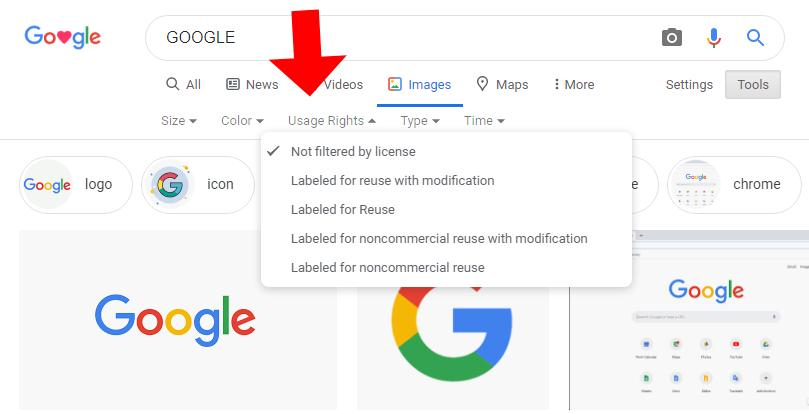History Experience Home Page <<
Posters | Writing | Multimedia | Images for Projects
Posters
Wordle You can turn famous documents or any any text into a “word cloud.” You provide the text, and Wordle provides the graphics.
Creating Effective Poster Presentations | An Effective Poster Step-by-step instructions and even video guides for creating posters. From North Carolina State University.
Do’s and Don’ts of Poster Presentation PDF. From Stanford University.
The 60-Minute Emergency Poster Guide Simple steps for making a poster.
Glogster Create “Glogs” — interactive posters loaded with text, graphics, music, videos, and more.
Multimedia
Tools for creating online slide shows
Big Huge Labs Create a slideshow from images anywhere on the Internet.
Knovio Polish your PowerPoint presentations with online tools on this site.
MentorMob Create “learning playlists.”
Mixbook Create a custom photo book.
9Slides Show slides and video. First five presentations are free.
Prezi A presentation tool that helps you organize and share your ideas.
Yodio Create narrated a photo album.
Free website creation:
Making a Presentation: Part One, Part Two, and Part Three Google Docs Create, share, and collaborate on the web with documents, presentations, and more.
18 Best Video Editing Software For Free Download (Windows)
Writing
Finding and Using Internet Images
In your projects, it is important to avoid reusing images from the Internet that someone else owns unless you have that owner’s written permission. An image owned by someone is protected by copyright and is often labeled with the “©” symbol. The owner or creator usually wants to be paid for the use of the image. You can always write to an owner/creator and ask for permission. Once in a while, you might get permission! But that can take a long time.
Nonetheless, using a copyrighted image in your project is very likely okay, as long as you keep it visible only to your teacher and class (a closed group). In that case, you are using it only for an educational purpose and are not making money from it. These are two factors in a legal idea called fair use.
If you published your project with the copyrighted image on the Internet, that would be a different story — even if you are not making money from it — because the Internet is very public. That would probably not be a fair use of the image. We will discuss other options in the Freely Usable Images section below.
How do you find usable images on the Internet? Using Google search, enter your search terms, then click on Images. Once on the Image search page, click on Tools and then click on Usage Rights. (See diagram below.)
Under the Usage Rights dropdown menu, choose either the filter “Labeled for noncommercial reuse” (for images you won’t crop or change) or “Labeled for noncommercial reuse with modification” (for images you will crop or change). Now you will see images that are very likely okay for you to reuse in your projects. But always double-check the websites where the images come from.

Freely Usable Images
Images that are in the public domain are free for you to use and are not protected by copyright (the public owns them!). They are usually very old, or they may be U.S. government photos. Still, identify public-domain images in any list of sources.
Images in the Creative Commons are owned by someone, but the owner wants people to reuse them. You have a license to reuse them for free if you give the owner/creator of the image the appropriate credit, called an attribution. Always indicate if you are using an image in the Creative Commons, and indicate which license you have (for example, CC BY 4.0).
Here are several online image libraries that are easily searchable:
Flickr Commons — Thousands of these images are in the public domain or Creative Commons.
Getty Images — These images are free for you to use in a non-commercial website or blog as long as you use the embed code to upload images. This will keep the Getty Images logo on the photos or images you use.
The Library of Congress’s Free to Use and Reuse Sets — Thousands of images and documents at the Library of Congress (LOC) are in the public domain. Each item contains its own notes about copyright. There is also a wider, searchable collection of the LOC's vast collections.
Wikimedia Commons — As the website says, “almost all content hosted on Wikimedia Commons may be freely reused.” Just look at the copyright and licensing information with each image. Virtually every historical subject is covered!
References
Code of Best Practices in Fair Use for Media Literacy Education. (2008). The Center for Social Media at American University. https://cmsimpact.org/wp-content/uploads/2016/01/CodeofBestPracticesinFairUse_0.pdf.
Constitutional Right Foundation and Street Law, Inc. Educating About Intellectual Property. (Last visited on 6 April 2020).
For many more images, see Images (Public domain photographs, paintings, and cartoons on U.S. history) and Images and Pictures Links.
Finding and Using Internet Images

